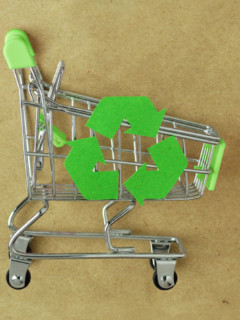Every two years, either the Winter or Summer Olympic Games start. Behind the scenes of this major sporting event, much of the work is already done at this point. Because the Olympics are not only a major sporting event, but also a major logistical event. What few people know is that logistics and transport companies around the world have been working on the planning for many months, achieving top performances just like the athletes – but unfortunately without medals. The task is to get clothing, sports equipment, massage beds, medical equipment and medicines, technical equipment such as laptops and printers, but also food to South Korea for athletes from 210 nations, depending on national preference.
On-time delivery
At the Winter Games in Pyoengchang, 3,000 athletes from 94 countries competed in 15 disciplines, and a total of 103 gold medals were awarded. 156 athletes travelled from Germany alone. In addition to the athletes’ respective sports equipment, such as skis and poles, snowboards, rifles for the biathlon, sledges or ice hockey sticks, the complete equipment for the teams also had to be transported to Korea to the Olympic Village and the sports venues. In particular, the handling and customs clearance are the biggest challenge, as the forwarders have to deal with formalities such as the “temporary importation of goods”. And on-time delivery to the respective venues is essential.
Top logistical performance
For major sporting events such as the Olympics or the World Cup, there is now a separate branch of logistics – sports logistics. The service providers offer a complete concept from the actual transport service by air, sea or land, customs formalities, commissioning and packaging work to storage facilities and corresponding security systems. The assurance of punctual delivery of the corresponding goods goes without saying. To get an idea of the magnitude of this logistical feat: according to Logistik Heute, the preparation for the 2014 World Cup in Brazil, for example, took 4 years and involved 270 tonnes of air freight and 270 sea containers. Thanks to the interaction of about 300 employees, the necessary equipment for the national team and for the German media representatives was in the right place at the right time. Thus, these logistics employees made a significant contribution to Germany’s 2014 World Cup title. Jerseys, shoes and balls arrived on site long before the national players thanks to the sports logistics staff.
At the beginning of this complex logistics chain is the packaging. Because only well-protected goods reach their destination safely on this long transport route. We have already reported on how a football, for example, can be optimally packaged.
From clothes to wine glasses
DB Schenker, the official partner of the German Olympic and Paralympic team, plans the transport for the Olympic Games more than a year in advance. 48 containers will be transported by ship and 27 tonnes by plane. A total of 5000 kilograms of clothing will be transported in 390 packed travel bags. The clothing of each athlete consists of a total of 50 pieces. Deliveries also have to be made at very short notice. The Nordic combined athletes, for example, had their last competition on the weekend before the opening ceremony. So their equipment has to be packed into boxes and shipped at very short notice. Packing is often a challenge, after all, the sports equipment must arrive in Korea without damage.
But huge quantities of small parts are also being transported for the Olympic Village. According to DB Schenker, for example, 7,000 bottles of Riesling, Pinot Blanc and Cabernet Sauvignon, 2,140 bottles of sparkling wine, ninety 50-litre beer barrels, 32,500 glasses (including 5,000 champagne and 6,000 wine glasses) as well as 100,000 folding chairs and 250,000 clothes hangers were transported to the Olympic Village for the last Summer Games in Rio.
So when the Olympic flame is lit at the opening ceremony, everything is already in place: may the Games begin!














